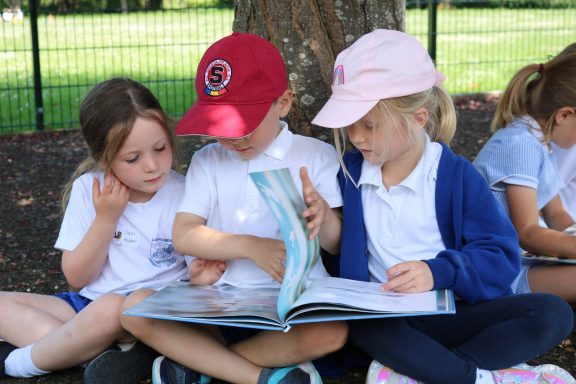Long before the government became involved in providing education for everyone in our country, the Church of England had a vision that it wanted every parish to have a school for the education of poor children.
By 1900, there were 5,700 state-funded schools and 14,000 schools funded by the Church of England.
Today, approximately a quarter of all primary schools have a Church of England foundation, through which they strive to provide the highest standard of education possible, in partnership with the state.
From the earliest days, the purpose of Church schools was to enable children to flourish by providing a basic education and by developing their moral character.
It was always intended that Church schools should be open to all of the children of the parish. The schools are not ‘faith schools’ in the sense of presuming that children are practising Christians or attempting to make converts of them.
However, the ethos of the schools is based on distinctively Christian values and they will offer children an experience of faith through collective worship and links with the parish church.
Religious Education in Church schools will always include teaching about other faiths and they will usually follow the same syllabus for RE as community schools.
Around the school, there will be signs and symbols which reflect the Christian heritage on which the school is built. There may also be areas for reflection which contain school prayers and prayers that the children have created themselves. Additionally, there will be a much greater emphasis on links with the local parish church than would usually be the case in a community school.
However, none of the above should be taken as indicators that Christian beliefs are being enforced. They are ways in which Church schools encourage an understanding of the meaning and significance of faith and promote Christian values through the experience that they offer all pupils.
